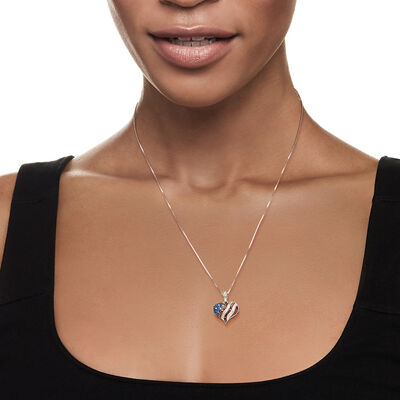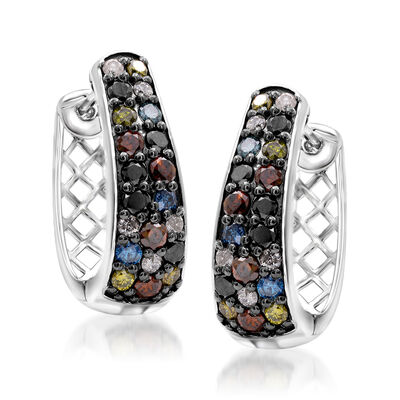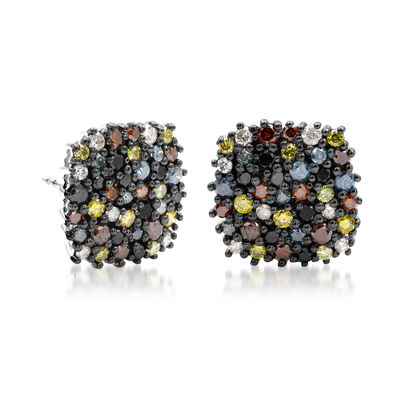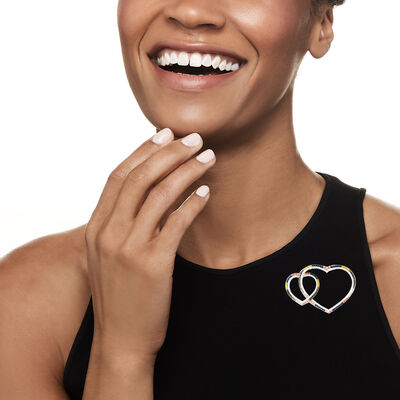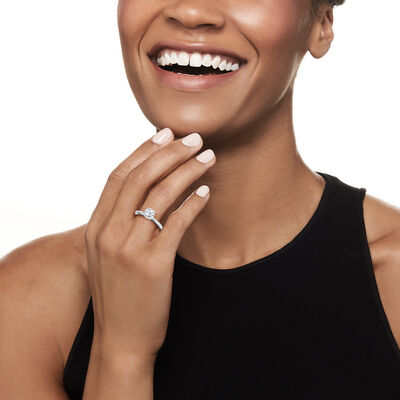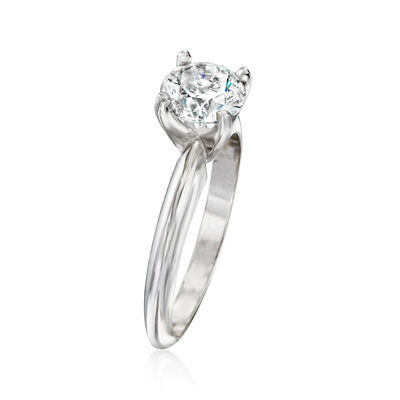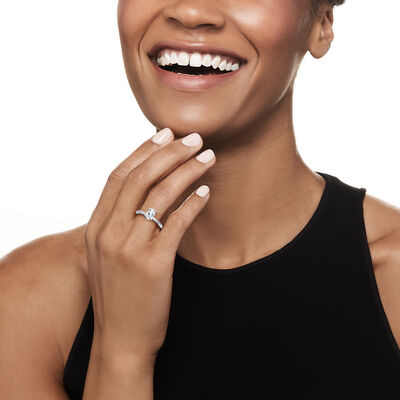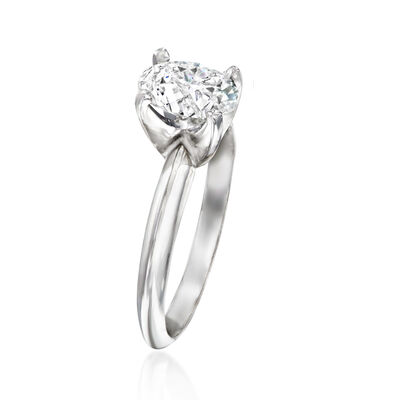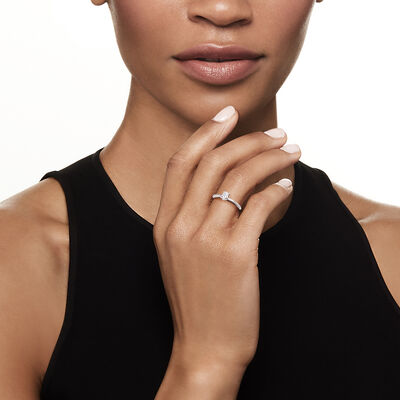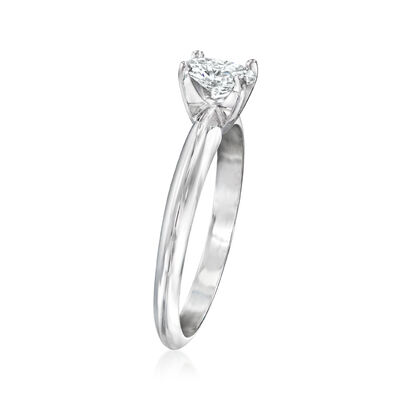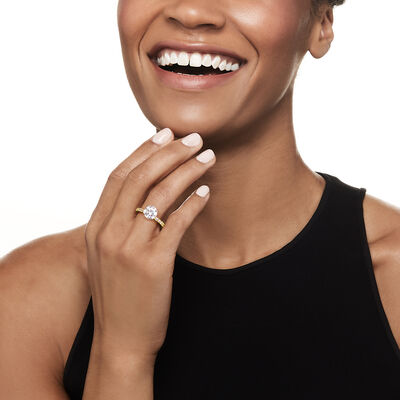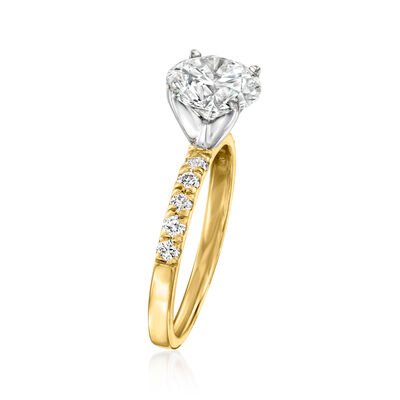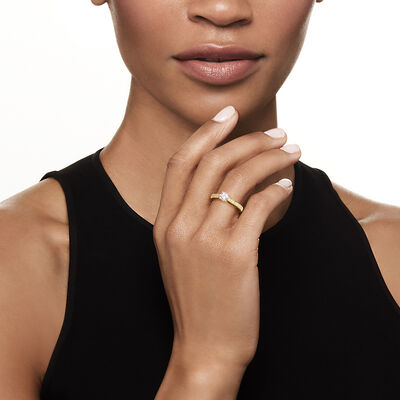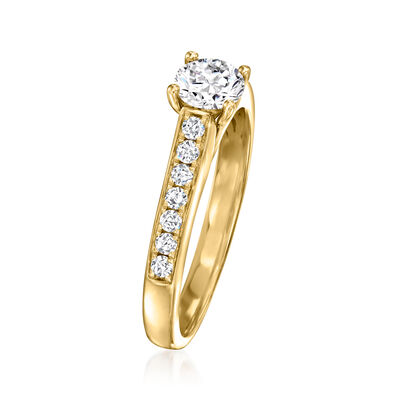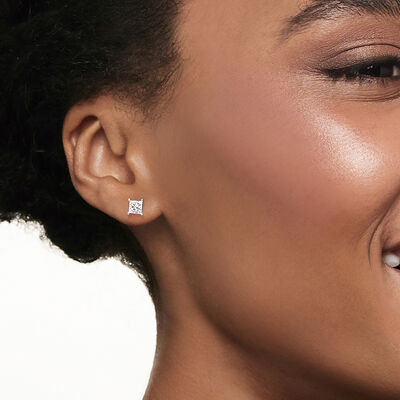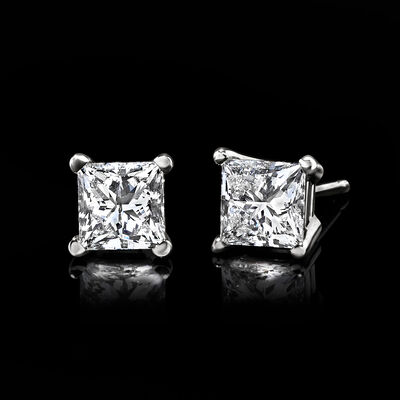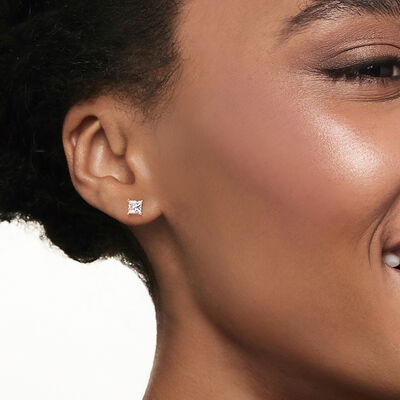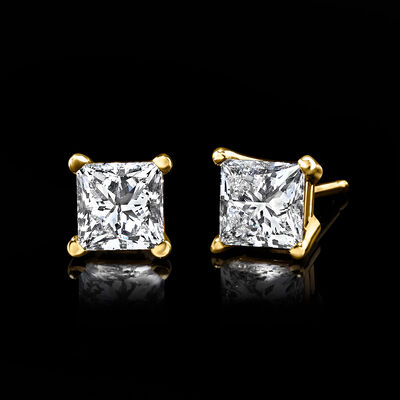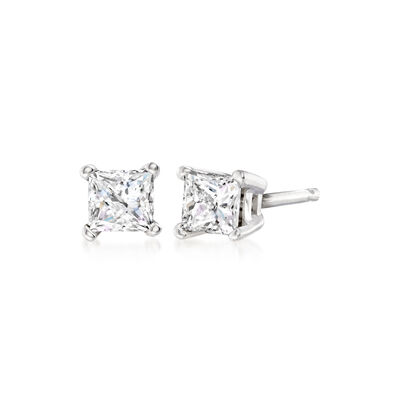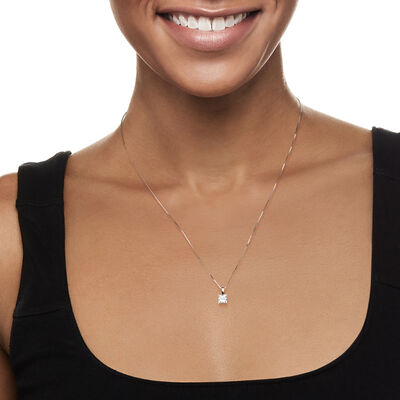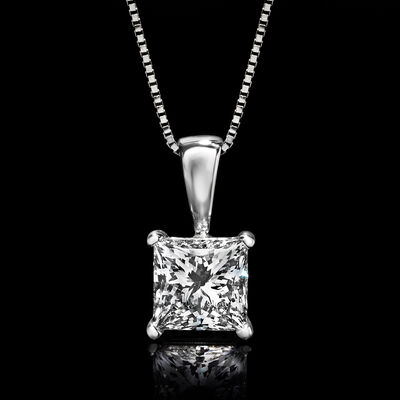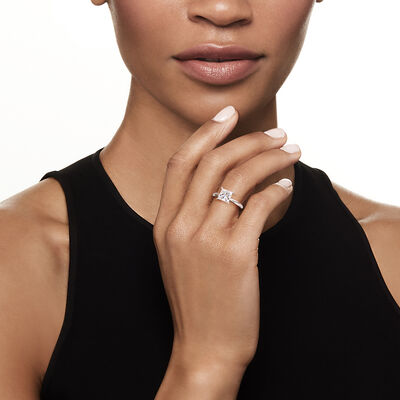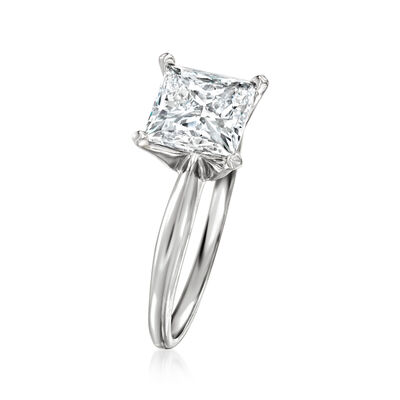Diamond Color Grade and Scale
When it's time to go diamond shopping, it's all about the four Cs: gemologists rate diamonds on their cut, color, clarity, and carat. The diamond color, which reflects how far the diamond strays from its ideal colorless state, is a major factor in pricing and value. Learning more about diamond color grades helps you pick the right diamond for every piece of jewelry.
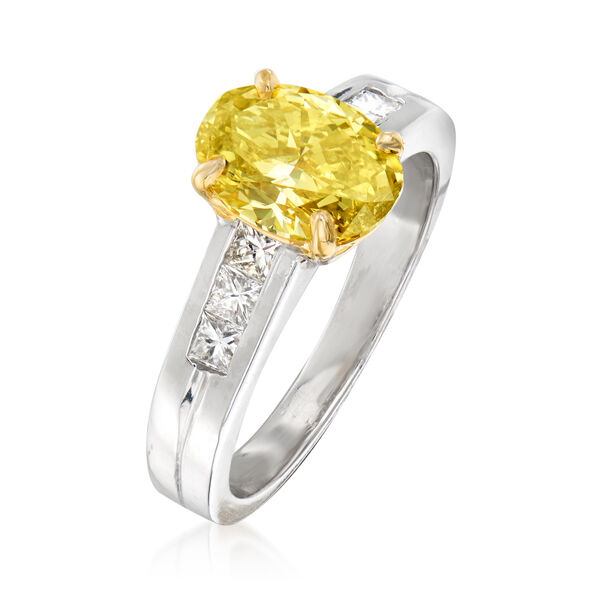
What is Diamond Color?
A diamond's color comes from how clear or yellow it is. Most diamond buyers—particularly those in the market for engagement rings—prefer colorless diamonds or those as close to colorless as possible. Those on the other end of the scale have a yellow or brown tone.
How Diamond Color Grades Are Ranked
The primary grading scale for diamond color comes from the GIA, also known as the Gemological Institute of America. The GIA rates diamonds from D to Z, with D representing the most colorless diamonds and Z representing diamonds with the strongest yellow or brown tones. The scale is generally divided into the following categories:
D–F
Colorless
G–J
Near
Colorless
K–M
Slightly
Tinted
N–R
Very
Light Yellow
or Brown
S–Z
Light Yellow
or Brown
Fancy-Colored Diamonds
Shoppers interested in the brilliant tones of fancy-colored diamonds often wonder where these diamonds fit on the diamond color scale. These stones are on a completely separate scale since the richness and deepness of the diamond's color is its prized feature. The grading scale for fancy-colored diamonds takes into account the hue, tone, and color saturation values. Black diamonds fall into this group as they too range outside the standard rating system.
Diamond Color Affects Pricing
Variations in any of the four Cs lead to significant changes in diamond pricing. The most expensive diamonds are those with a D rating, thanks to their prime colorless rating. As a result, the price difference between a D diamond and an E diamond is substantial. Generally, you'll find the most significant price differences when switching from one category to another. Moving from an F diamond to a G diamond causes a drop in rating, so the price often drops accordingly.
While gemologists can easily identify diamonds of differing ratings, slight differences in color are generally not visible to the naked eye. This is especially true for most diamond shoppers without specialized gemological training. Many people think that they must buy the most colorless diamond they can afford, but it's important to compare diamonds of different rating side by side. Once you get to the point where diamonds of neighboring ratings are indistinguishable, you may have found the right diamond for your needs.
Choosing a Metal Type and Diamond Setting
Whether you opt for a higher- or a lower-rated diamond, choosing the proper metal and setting is crucial. If you select a D, E, or F diamond, you don't want to dilute the colorlessness of the diamond with a metal that doesn't suit it. If you opt for a light or very light diamond, a setting that makes the diamond look even more yellow or brown isn't ideal.
The less color a diamond has, the more reflective it is. Because of this, gemologists do not generally recommend a yellow gold or rose gold setting with a colorless or near-colorless diamond. The yellow or pink tones of the metal reflect off the diamond, diluting its colorlessness. Instead, choose a platinum or white gold ring setting.
The opposite is true for diamonds with more color. A platinum or white gold setting makes a lower-rated diamond look even more yellow or brown by comparison. Yellow gold or rose gold settings make light or very light diamonds look whiter because of the contrast created by this combination.
The carat amount you choose is also relevant. The larger the diamond, the more apparent it's color. Shoppers who plan on investing in a sizable diamond should consider holding out for a more colorless white diamond. Smaller diamonds are less likely to show mild differences in color.
Different diamond cuts pair well with diverse color options. A round diamond is the most reflective cut, showing color imperfections much more clearly than other cuts. "Brilliant-cut" are the most favored of round-cuts as they maximize the reflective light of the stone. If you're in the market for a diamond lower than colorless or near-colorless, consider alternatives to round-cut diamonds.
Frequently Asked Questions
How obvious are different diamond color grades?
Many diamond shoppers struggle to identify differences between diamonds of neighboring color ratings. However, you can generally notice differences in diamonds that are three to four letters apart. For most shoppers, finding the right color is a balancing act. If you put color at the top of your priority list, you may need to sacrifice in clarity, carat, or cut to stay within your budget. Comparing different options with a trusted gemologist can help find the ideal balance for you.
Does everyone use the GIA scale?
The majority of jewelers use the GIA diamond color grade scale since it's widely recognized and renowned. However, there are reputable alternate grading scales used within the jewelry industry. When comparing diamonds from different retailers, ensure that you're comparing them on the same scale.
Many engagement rings have multiple metal types. How does that affect diamond color?
Using a variety of metal types within one ring can help every diamond in the piece stand out. Consider a three-stone ring with a colorless diamond in the center and lower-rated diamonds on either side. Platinum or white gold prongs framing the colorless stone highlight its ideal color. Pairing this with a yellow gold shank allows the side stones to look more colorless.
When are diamonds with more color preferable for shoppers?
While most shoppers and diamond wearers prefer a more colorless diamond, this is not always the case. Some people find the brilliance of a colorless diamond to be too cold. You may prefer the warmer and more welcoming hue of a light or very light diamond, a black diamond, or even one of the many fancy colors. If you're shopping for someone else, knowing their preferences can help you choose the right diamond for your budget and their style.
A diamond's color is an essential part of its value. Understanding how the GIA rates white diamonds can help you find the right diamond for your needs, whether you're in the market for an engagement ring, wedding band, or other pieces of jewelry.

